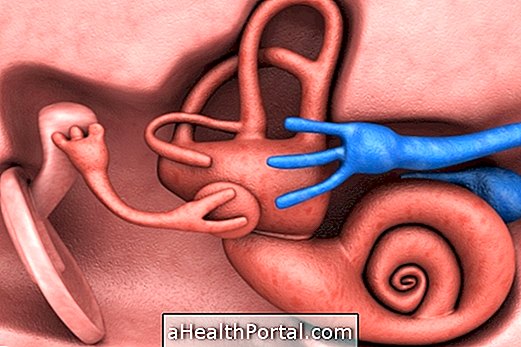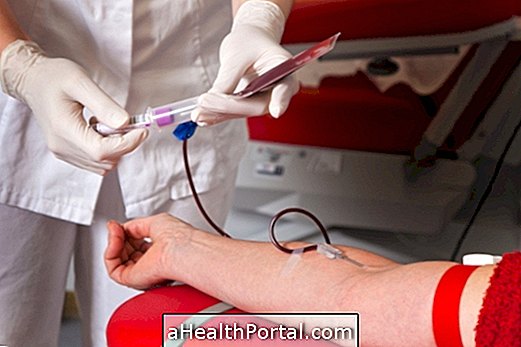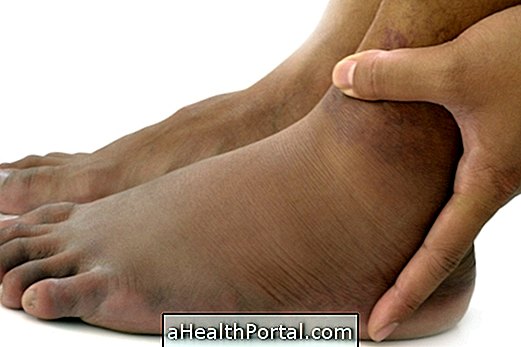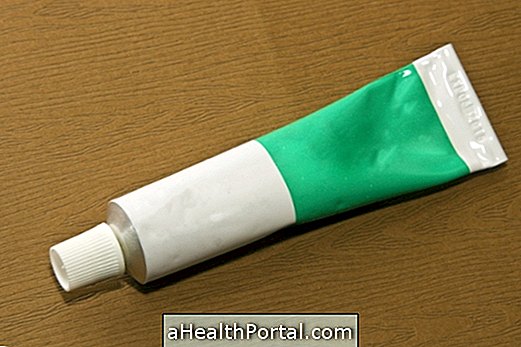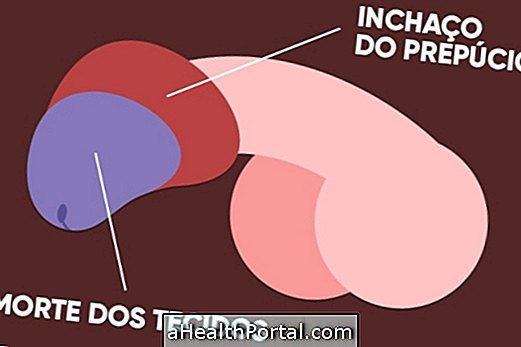Loeffler's syndrome is a condition characterized by the large amount of eosinophils in the lung that is usually caused by parasitic infections, mainly by the parasite Ascaris lumbricoides, and may be caused by allergic reactions to certain drugs, cancer or hypersensitivity to something that has been inhaled or ingested, for example.
This syndrome usually does not cause symptoms, but there may be dry cough and progressive shortness of breath, as excess eosinophils in the lung can cause organ damage. The diagnosis of Loeffler's syndrome is made through imaging, such as the chest x-ray, and laboratory tests, such as the blood count. The parasitological examination of feces is done when one suspects parasitic infection.
Treatment varies depending on the cause, and may be only through the suspension of the drug that is causing the syndrome or the use of anti-parasitic drugs such as Albendazole, for example, according to medical advice.

Main symptoms
Loeffler's syndrome is usually asymptomatic, however the following symptoms may occur:
- Shortness of breath, which worsens progressively;
- Low fever;
- Dry cough;
- Wheezing or wheezing;
- Weight loss.
The symptoms appear 10 to 15 days after infection and usually disappear 1 to 2 weeks after starting treatment.
This syndrome is caused mainly by infection by parasites that perform part of the biological cycle in the lungs, such as Necator americanus and Ancylostoma duodenale, which cause hookworm, Strongyloides stercoralis, which causes strongyloidiasis and Ascaris lumbricoides, which is an infectious agent of ascariasis and the main responsible for Loeffler's syndrome. Here's how to identify and treat ascariasis.
In addition to parasitic diseases, Loeffler's syndrome may arise as a consequence of neoplasias or hypersensitivity reaction to drugs, for example, which may lead to an increase in eosinophils in the blood that travel to the lung and secrete cytokines that cause lung damage.
How is the diagnosis made?
The diagnosis of Loeffler's syndrome is made through clinical evaluation by the physician and the chest X-ray, in which pulmonary infiltrates are observed. In addition, a blood count is requested, in which more than 500 eosinophils / mm³, which may correspond between 25 and 30% eosinophils of the total leukocytes, when normal is between 1 and 5%. Learn more about eosinophils and their functions.
Parasitological examination of feces is only positive about 8 weeks after the infection, since before that the parasite is still in development and is not in the form of a larva, and there is no egg release. When positive, numerous eggs of the parasite causing the syndrome are verified. Understand how parasitological examination of feces is done.
How is the treatment?
Treatment is done according to the cause, that is, if Loeffler's syndrome is caused by reaction to a drug, treatment usually consists of stopping the medication.
In the case of parasites, the use of anti-parasites is recommended with the aim of eliminating the parasite and avoiding some late manifestations of the disease caused by the parasite, such as diarrhea, malnutrition and intestinal obstruction. Usually indicated drugs are vermifugs such as Albendazole, Praziquantel or Ivermectin, for example, according to the parasite causing Loeffler's syndrome and with medical guidance. See what the main remedies are for me and how to take it.
In addition to treatment with anti-parasitic drugs, it is important in these cases to pay attention to hygiene conditions since parasitic diseases are usually related to poor sanitary conditions. Therefore, it is important to wash your hands often, keep your nails trimmed, and wash the food before preparing them. Check out some steps to prevent verminoses.


